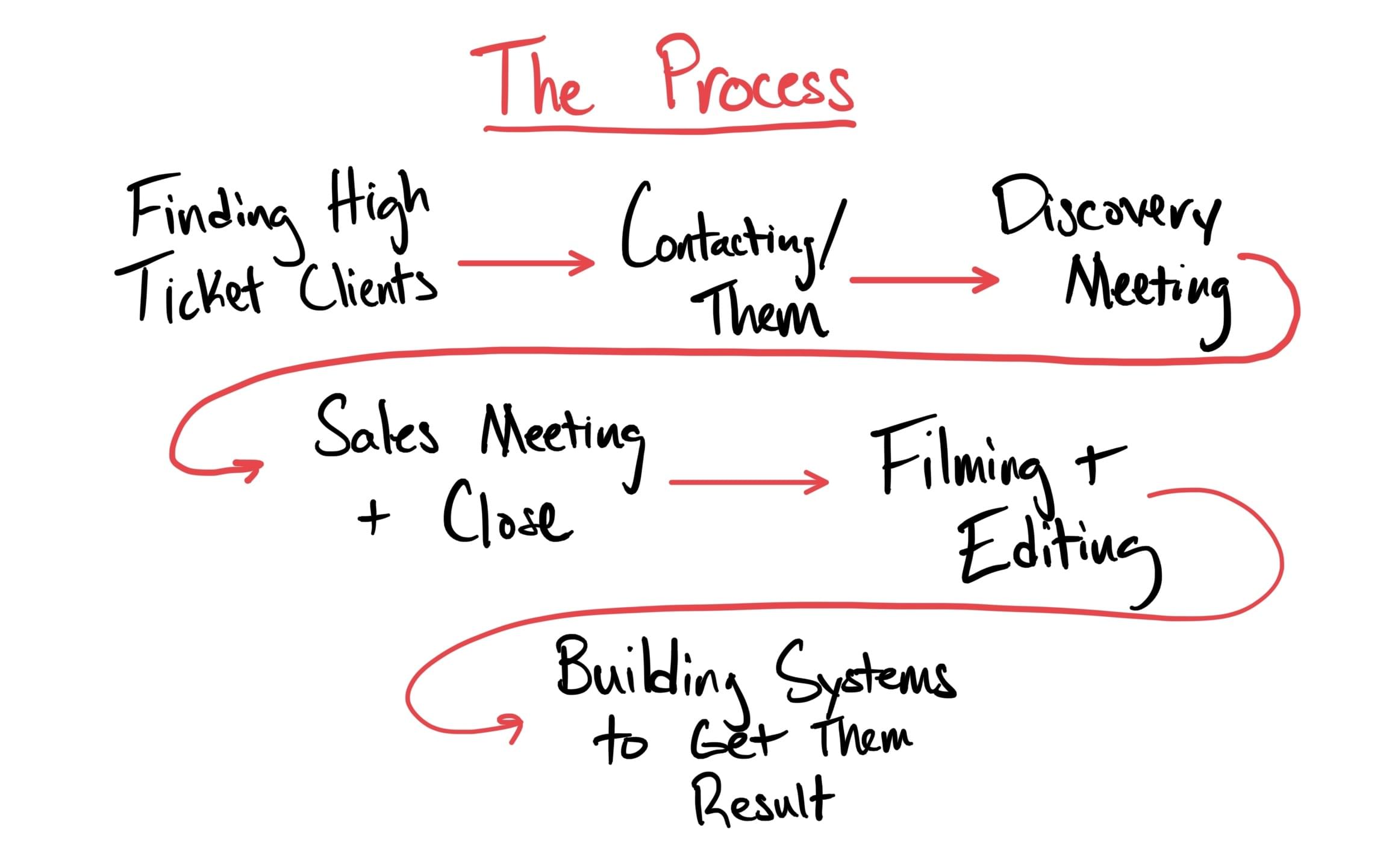MASTER FILMMAKER
Blog
Latest Posts
More Results! Want to see some case studies?👇
From $15,000 Projects To $20,000 - $40,000 Projects
How Roger Closed $16K In One Week
How Brendon Closed $9K Within 7 Days Of Joining The Program
How Alex Closed A $24K Video Deal 48 Hours After Our First Call
How Justin Landed A $6K Deal 2 Weeks Into The Program 🤯
How Dante Closed A $7500 Video Deal Less Than 1 Month In
How Brock Closed $10K In One Week With Another $18,000 On The Way 🚀
How Brendon Quoted An $11,200 Video Deal 5 Days In 🤯
How Josh Landed His Biggest Video Deal Yet!
How Julian 3X His Investment With Us In Just The Beginning
From 0 to 10K Deals + $4K Retainers
How Jake 2x-4x His Prices
From $5K Deals To $12K Deals
"If you're on the fence, I promise it's going to be worth it"
How Ray Went From $300 Projects To High Ticket Retainers
How Mathew Landed a $16,000 Project Without Any Camera Gear
$6,000/Month Retainer For ONE Client
How Keith Went From $1,000 Projects To $17,500 Projects and Beyond
"Completely Changed My Business"
"Worth Every Penny"
How Josiah Landed His Biggest Job Ever At $6,000
"Shut Up And Take My Money"
How Shounam Changed His Entire Video Business
Check Out More Students Who Are Crushing It 🤯👇










Still Skeptical?
Good. Here's a conversation between one of our recently joined members (who was skeptical at first) and our member who's been in the program.
DISCLAIMER:
We don’t believe in get-rich-quick schemes — and you shouldn’t either.
We believe in doing the work, solving real problems, and serving others. Our programs are built to help you do that.
As with any business, your results are dependent on your own effort, consistency, and execution. We never guarantee earnings — and you should know that all results shown are from people who put in the work.
Everything we share is for educational and informational purposes only. Nothing on this page, in our programs, or on our calls is legal, financial, or tax advice.

